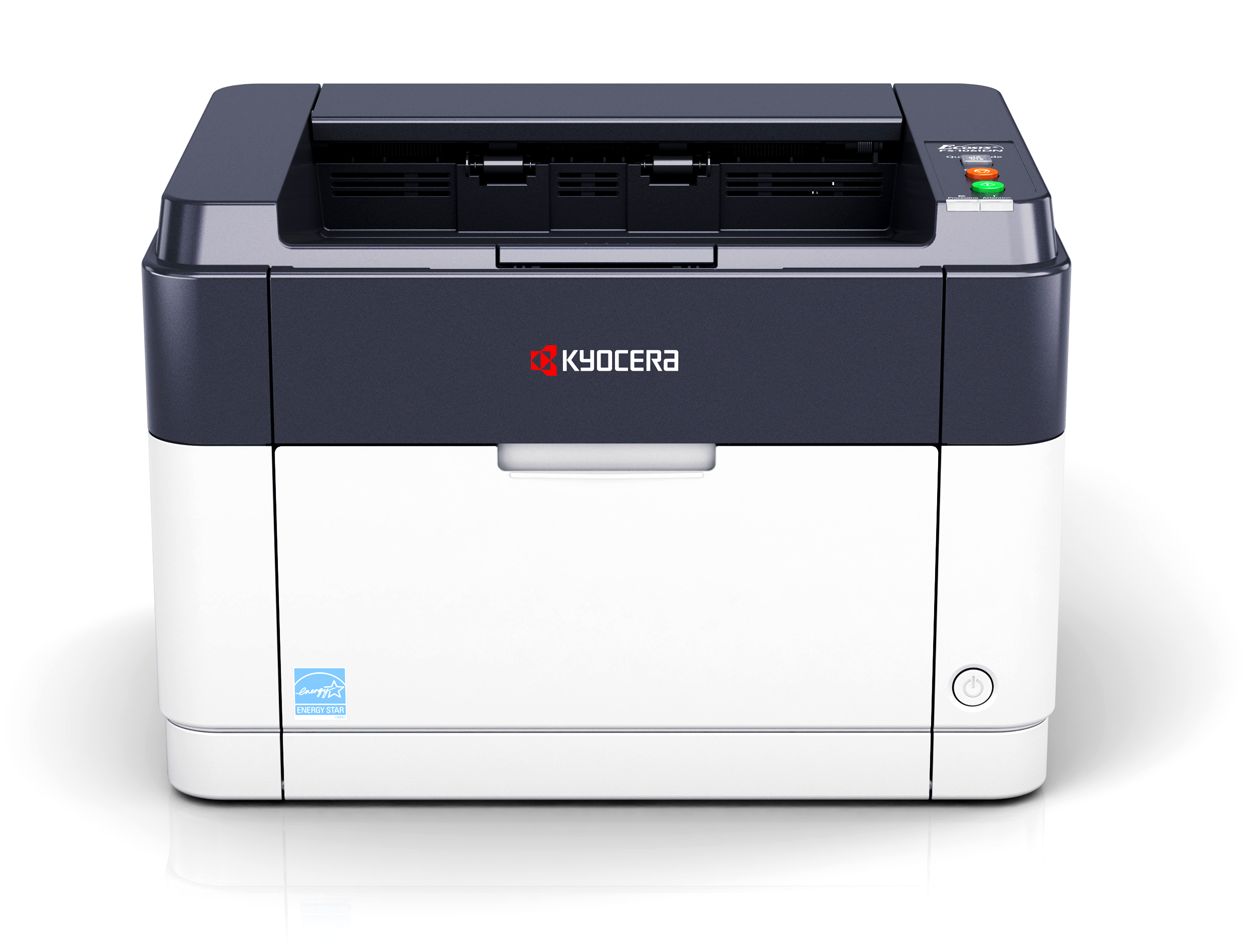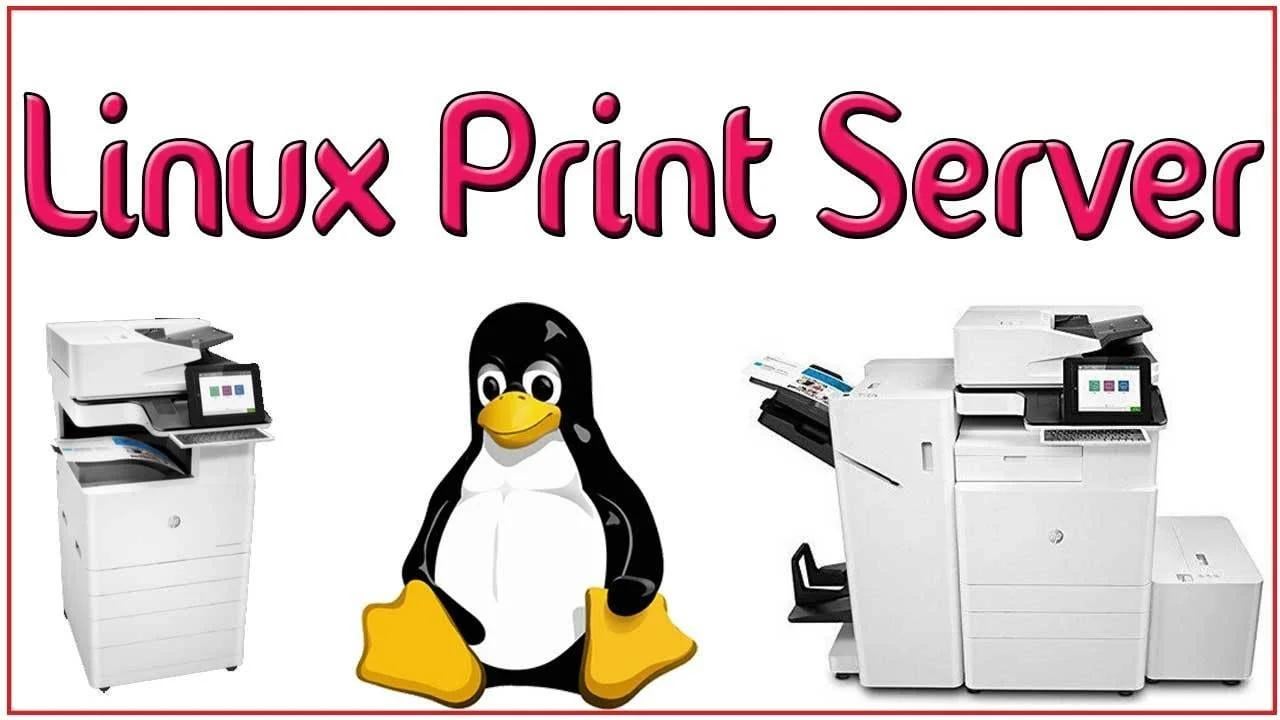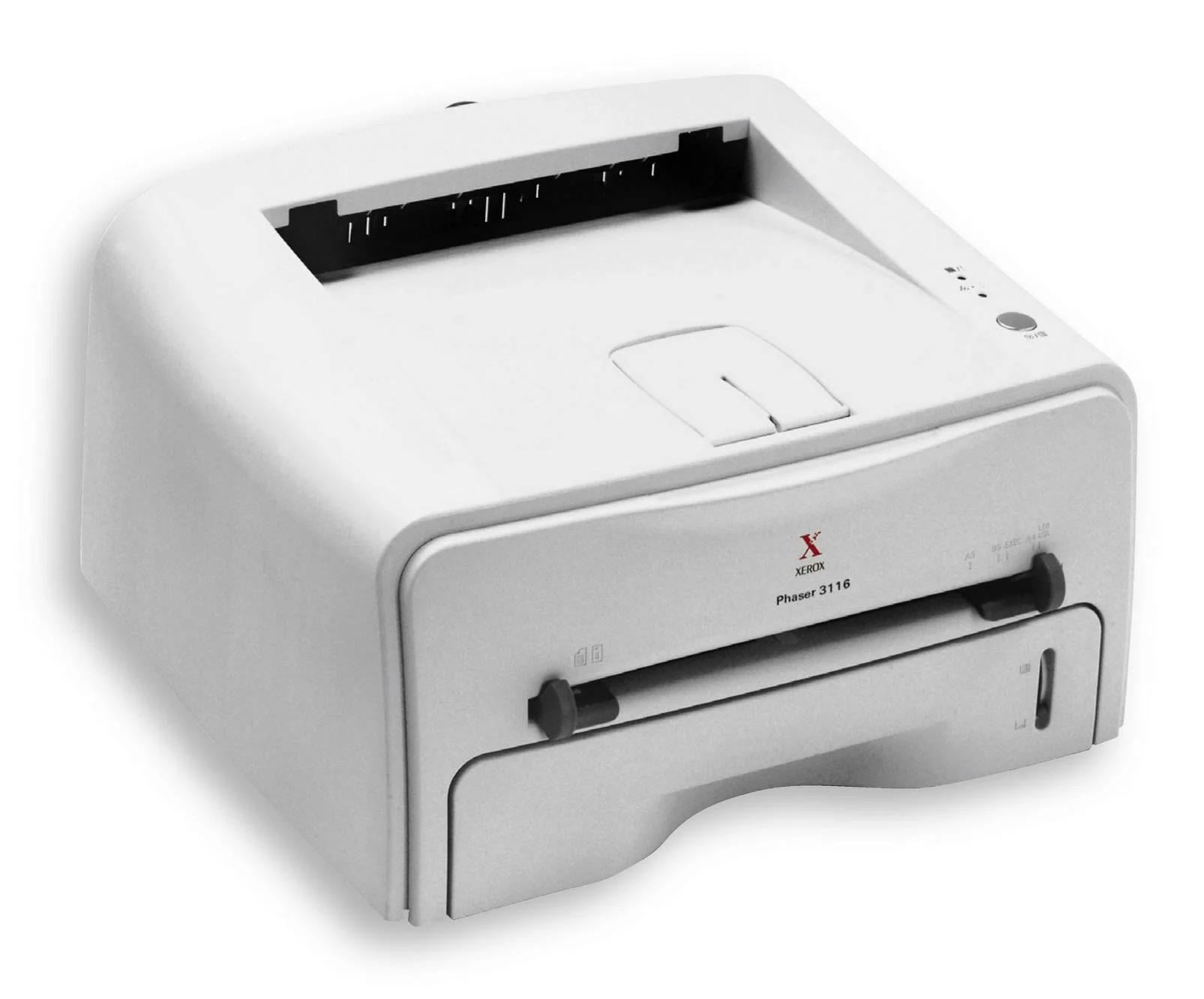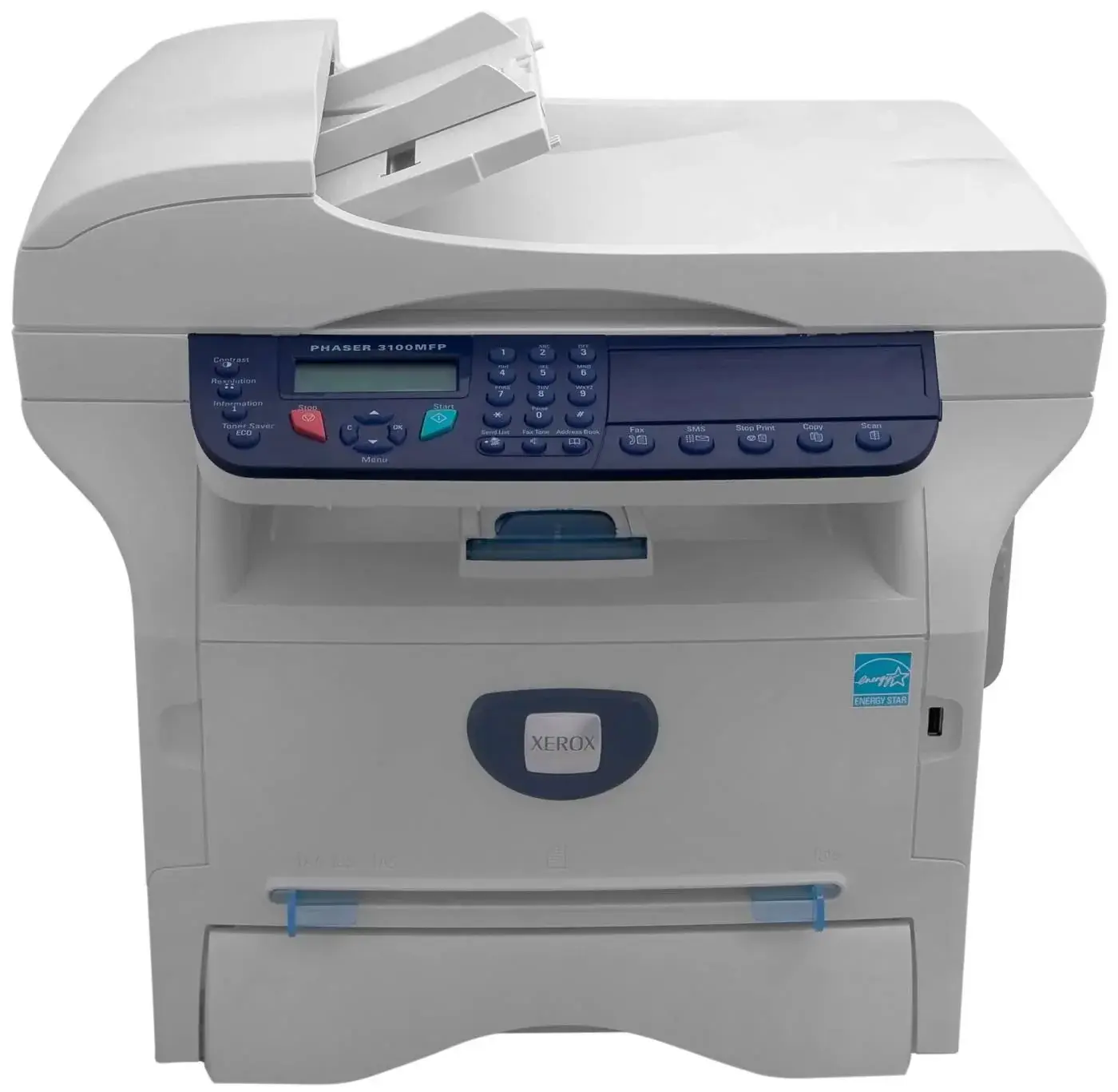Printers
109 readers
1 users here now
A community for troubleshooting printers, as well as share tips and tricks.
founded 1 year ago
MODERATORS
1
2
3
4
5
6
1
Be aware of exposure of sensitive data on Wi-Fi settings for Canon inkjet printers
(securityaffairs.com)
7
1
Be aware of exposure of sensitive data on Wi-Fi settings for Canon inkjet printers
(securityaffairs.com)
8
9



